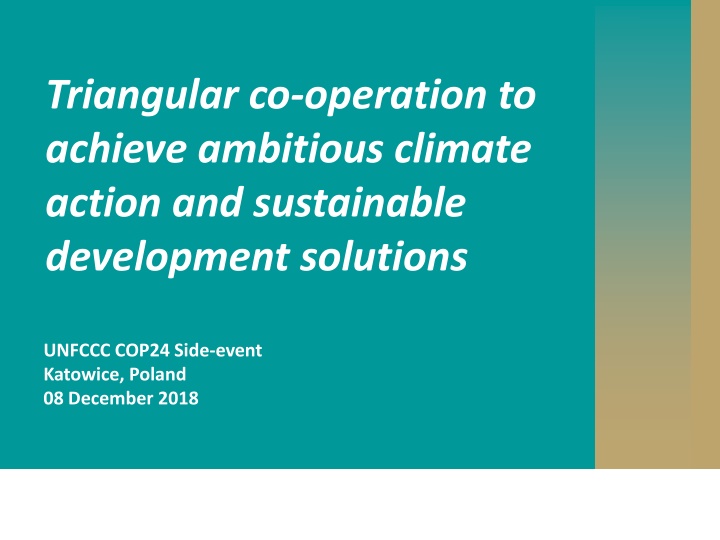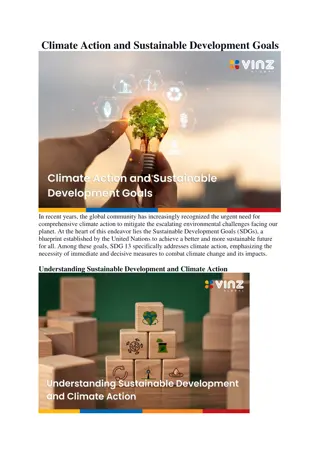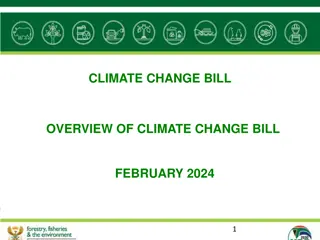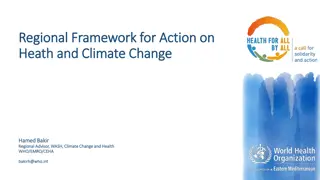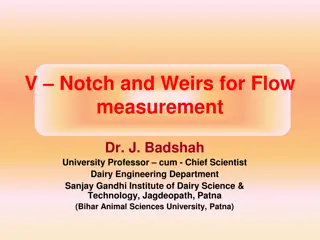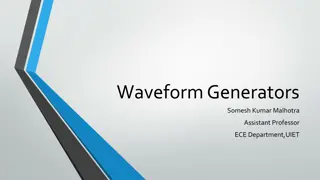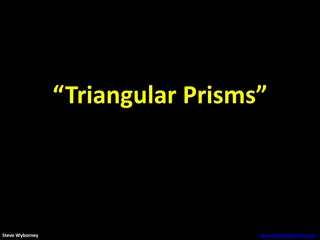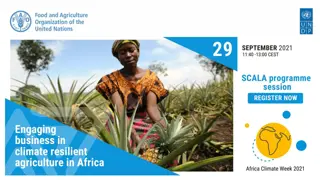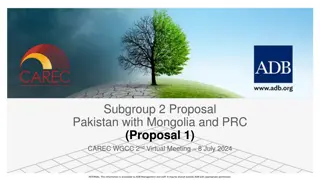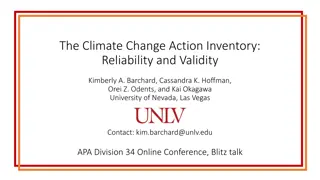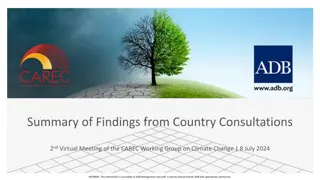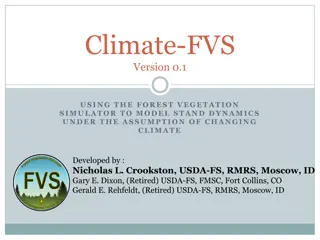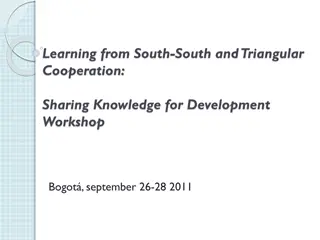Triangular Co-operation for Climate Action and Development Solutions
An examination of triangular co-operation for achieving ambitious climate action and sustainable development solutions as discussed at the UNFCCC COP24 Side-event in Katowice, Poland. Explore the budget, duration, sectors, and regions involved in this collaborative approach.
Download Presentation

Please find below an Image/Link to download the presentation.
The content on the website is provided AS IS for your information and personal use only. It may not be sold, licensed, or shared on other websites without obtaining consent from the author.If you encounter any issues during the download, it is possible that the publisher has removed the file from their server.
You are allowed to download the files provided on this website for personal or commercial use, subject to the condition that they are used lawfully. All files are the property of their respective owners.
The content on the website is provided AS IS for your information and personal use only. It may not be sold, licensed, or shared on other websites without obtaining consent from the author.
E N D
Presentation Transcript
Triangular co-operation to achieve ambitious climate action and sustainable development solutions UNFCCC COP24 Side-event Katowice, Poland 08 December 2018
An emerging definition of triangular co-operation What is triangular co-operation? Various understandings of triangular and trilateral co-operation
Budget average is around USD 2 million 3%5% Between 1 and 100.000 32% Between 100.000 and 500.000 18% Between 500.000 and 1.000.000 Between 1.000.000 and 5.000.000 14% Between 5.000.000 and 10.000.000 28% > 10.000.000
Triangular co-operation projects last on average almost 2 years 14% 15% < 12 months Between 12 and 24 months Between 25 and 48 months 33% 38% Between 49 and 168 months 4
Triangular co-operation is happening in many sectors Disaster Risk Prevention 2% Social Welfare Services 2% Forestry 2% Housing 1% Fisheries 2% Employment 2% Other 4% Energy 4% Water and sanitation 4% Government and Civil Society 31% Education and Training 4% Food security 5% Agriculture 13% Business 5% Health 13% Environmental Protection 7% 5
Most (reported) triangular co-operation projects happen in Latin America and the Caribbean LAC Africa Asia-Pacific Multi-regional MENA & Eastern Europe 250 200 150 100 50 0 LAC Africa Asia-Pacific Multi-regional MENA & Eastern Europe 6
Main characteristics of green triangular co- operation Top providers of green triangular co-operation: Germany, Mexico, Japan, Brazil, China, Chile, Kenya, Costa Rica, Mozambique and Peru These 10 countries account for about 30% of all green triangular co-operation (2014-18) Average project duration: 3 years (about 27% of the cases) Average budget: between USD 1 and USD 5 million Main sectors: agriculture, energy, water and sanitation Main regions >>>>
And what about green triangular And what about green triangular co-operation? cooperation (SDGs 13, 14, 7, 11 and 12)? Target area of the triangular co-operation activity Projects where this is the principal objective 29.6% Projects where this is a secondary objective 10.7% Local Environment Climate Change Adaptation or Mitigation 26.7% 14.1% 13.6% 4.3% Biodiversity 1% - Desertification 70.9% 29.1% TOTAL
Advantages of green triangular co-operation Triangular co-operation promotes: Trusting, stable and horizontal partnerships Partners complementary strengths to achieve development results. Knowledge-sharing Co-created solutions to development challenges that are innovative, affordable and context-specific. Additional resources and institutions to enhance the volume, scope and sustainability of trilateral co-operation projects. More effective development co-operation, regional integration and shaping a common understanding of international development. 9
Further information For further information including: OECD reports and factsheets on triangular co-operation. Summaries of meetings and side events organised by the OECD. Please visit our website at: http://www.oecd.org/dac/dac-global-relations/triangular-cooperation.htm Literature repository, with over 100 documents: http://www.oecd.org/dac/dac-global-relations/triangular-co-operation- library.htm On-line project repository, with information on over 420 projects: http://www.oecd.org/dac/dac-global-relations/triangular-co-operation- repository.htm 10
Thank you! Juan Casado-Asensio Policy Analyst DAC Global Relations Development Co-operation Directorate E-mail: juan.casadoasensio@oecd.org
